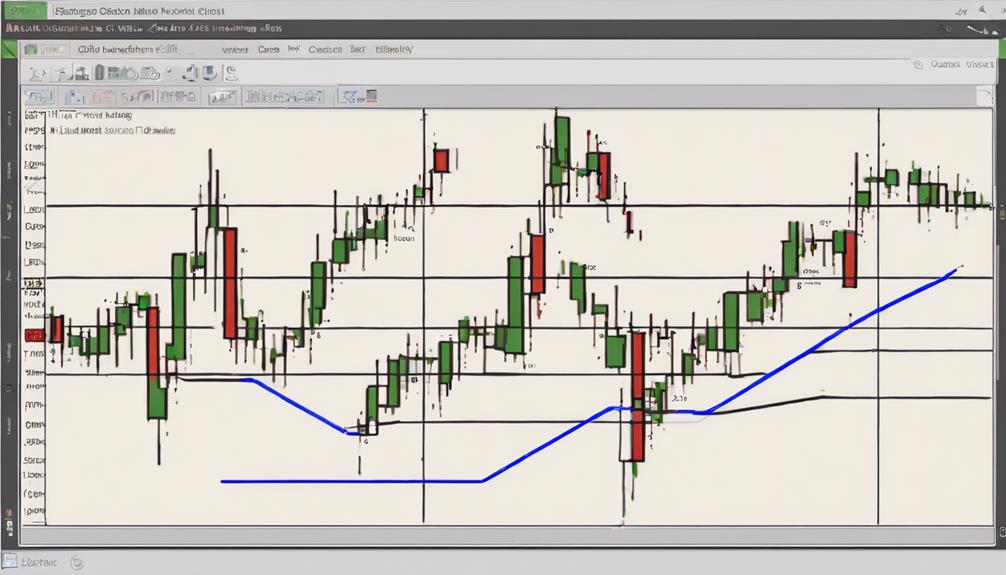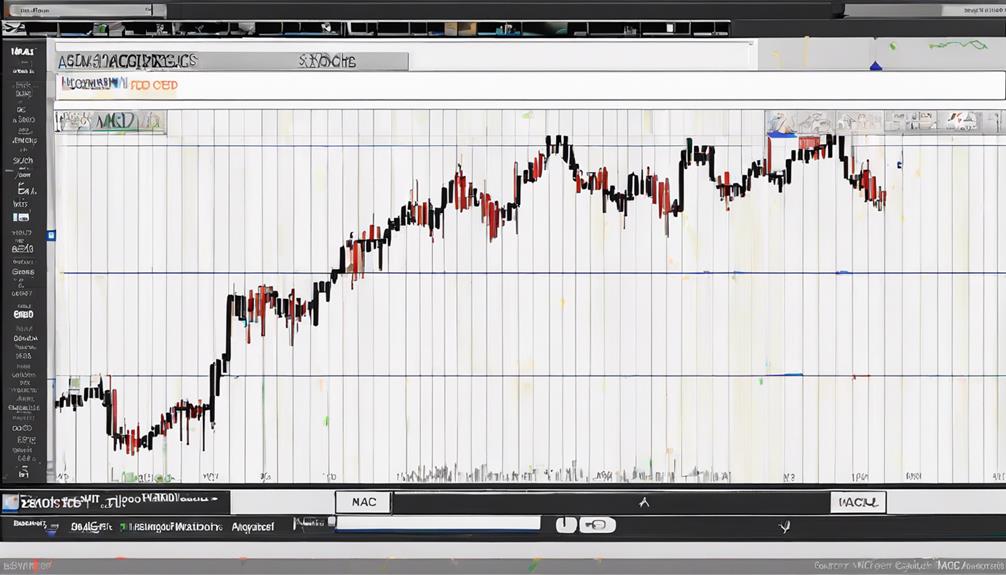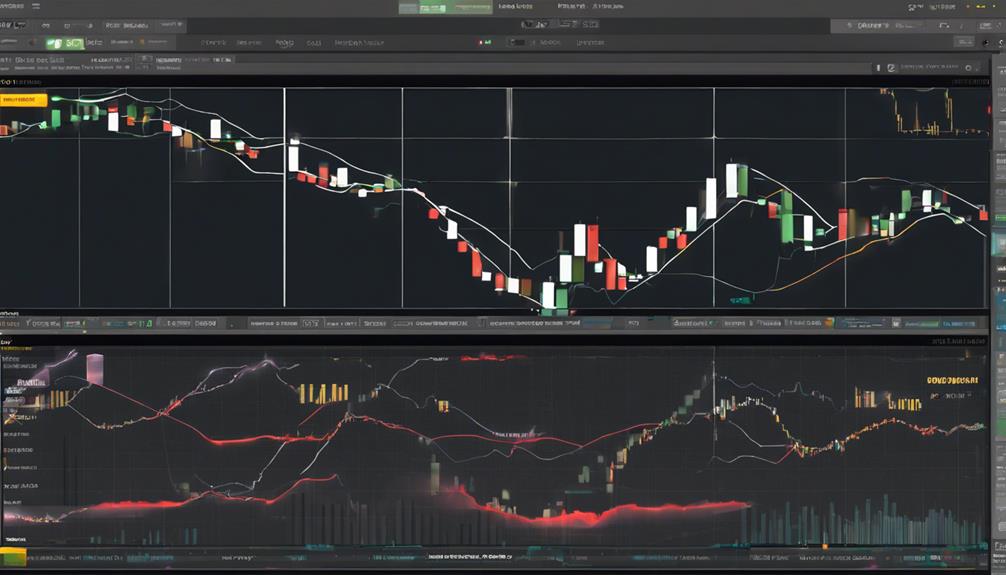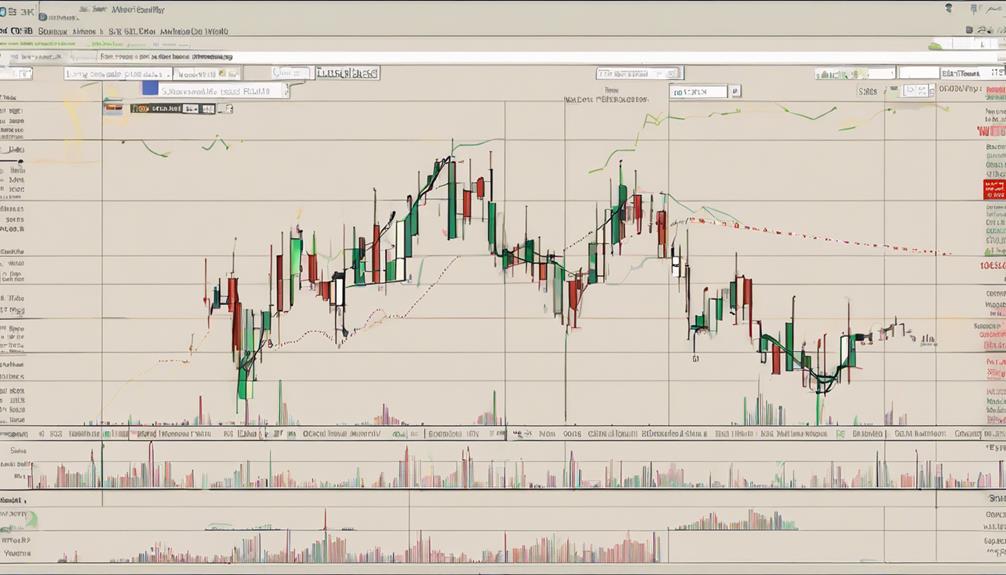Are you looking to elevate your technical analysis skills with the MACD indicator?
Dive into advanced strategies and techniques for maximizing the potential of this powerful tool in your trading endeavors.
Discover how combining MACD with other indicators can provide a comprehensive analysis framework that enhances decision-making processes.
Explore practical examples and insightful tips that will help you unlock the full capabilities of the MACD indicator, taking your trading game to the next level.
Understanding MACD Indicator Strategies
When implementing technical analysis strategies, understanding how to effectively utilize the MACD indicator is essential for successful trading decisions.
The MACD, which stands for Moving Average Convergence Divergence, is a versatile tool that can assist traders in identifying market trends, potential reversals, and entry/exit points.
One common strategy is the crossover strategy, where traders buy when the MACD line crosses above the Signal Indicator and sell when it crosses below.
Another approach is the difference strategy, which involves analyzing the difference between the two MACD indicators.
Additionally, traders often combine MACD with other technical analysis tools for a more comprehensive analysis of the market conditions.
Mastering these MACD strategies is crucial for making informed trading decisions.
Evaluating MACD Crossover Techniques

To evaluate the effectiveness of MACD crossover techniques, historical data and performance metrics are essential for assessing their success rates.
- Historical Analysis:
- Review past MACD crossovers to determine their impact on price movements and trend identification.
- Performance Metrics:
- Calculate the accuracy of MACD crossovers by comparing the number of profitable trades to losing trades.
- Combined Indicators:
- Explore using MACD crossovers in conjunction with other technical indicators to confirm signals and enhance trading decisions.
Analyzing the moving average convergence divergence (MACD) line crossing over the signal line, based on exponential moving averages (EMA), can provide insights into potential market trends and momentum shifts. Remember that while MACD crossovers can be powerful tools, false signals in choppy markets are a risk to consider.
Implementing MACD Difference Approaches

By analyzing the difference between the MACD line and the Signal line, traders can effectively implement MACD difference approaches to gauge momentum shifts and potential trend reversals.
A positive MACD difference suggests bullish momentum, indicating strength in price movements, while a negative MACD difference signifies bearish momentum. Monitoring these differences enables traders to make informed decisions on entering or exiting trades based on the underlying trend strengths.
This method provides a more insightful view of price movement strength compared to simple crossovers, allowing traders to anticipate potential trend changes and act proactively. Utilizing the MACD difference approach enhances your ability to interpret market dynamics and make strategic trading decisions.
Enhancing MACD Performance With Stocks

Enhance your stock trading performance by strategically incorporating the MACD indicator with fundamental analysis to gain valuable insights into stock movements. When enhancing MACD performance with stocks, consider these key points:
- Utilize historical data: Understanding historical stock data is crucial when optimizing MACD strategies for improved performance.
- Implement breakout strategy: Use MACD as a breakout strategy to capture significant price movements in stocks.
- Optimize settings: By testing different threshold levels, traders can find the optimal settings for MACD to maximize its performance with stocks.
Integrating the moving average convergence/divergence indicator with fundamental analysis and adjusting threshold levels can provide a comprehensive approach to utilizing MACD effectively in predicting stock price trends.
Developing an Advanced MACD Strategy

Developing an Advanced MACD Strategy involves incorporating a mix of shorter and longer EMA periods to adjust sensitivity levels and enhance analysis precision.
By analyzing the MACD histogram, you can gain detailed insights into momentum shifts and trend strength.
Exploring advanced settings such as adjusting the signal line period or applying smoothing techniques can provide more refined signals.
Consider combining MACD with other technical indicators like Bollinger Bands or the Stochastic Oscillator for a comprehensive analysis.
It's crucial to backtest your advanced MACD strategy using historical data to validate its effectiveness before implementing it in live trading.
Is the MACD Indicator a Suitable Tool for Advanced Technical Analysis?
When it comes to advanced technical analysis, many traders rely on decoding MACD indicator techniques. The MACD indicator can be a suitable tool for advanced analysis, as it helps to identify potential trend changes and provide buy or sell signals. Mastering MACD techniques can enhance a trader’s decision-making process.
Frequently Asked Questions
What Is the Best Strategy to Use With Macd?
The best strategy to use with MACD involves combining it with other indicators for confirmation. Look for crossovers and divergences as key signals. Incorporate moving averages to enhance trend identification. MACD is most effective in trending markets.
What Is the Best Indicator to Combine With Macd?
When using MACD, the best indicator to combine with it is the Relative Strength Index (RSI). RSI can provide valuable confirmation of trend signals generated by MACD, enhancing your technical analysis and decision-making process.
Do Professional Traders Use Macd?
Professional traders frequently use MACD for its trend identification and momentum analysis. It is a common tool in their technical analysis arsenal due to its versatility and ability to pinpoint entry/exit points in dynamic market conditions.
What Is the Advanced MACD Strategy?
You want to master the advanced MACD strategy. Combine it with RSI and Bollinger Bands to pinpoint trend reversals and momentum shifts accurately. Backtest to fine-tune settings for various market conditions and boost trading performance.
Conclusion
In conclusion, mastering the MACD indicator is essential for successful trading.
By combining crossover and difference strategies, evaluating performance, and integrating with other tools, you can optimize your analysis.
Remember, Rome wasn't built in a day, so take your time to develop an advanced MACD strategy that suits your trading style.
With dedication and practice, you can harness the power of this indicator to make informed decisions in the financial markets.
